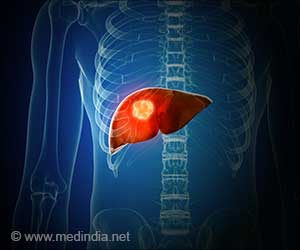European scientists are developing clothing, which they say will be able to monitor the wearer’s health.
European scientists are developing clothing, which they say will be able to monitor the wearer’s health.
The "intelligent textiles" contain embedded sensors designed to monitor body fluids such as blood and sweat.Scientists say the aim is to use the clothes to check on groups such as recovering hospital patients, people with chronic illnesses and injured athletes.
As of now, the Biotex programme, which is funded by the EU and involves researchers from eight institutions, has developed a prototype multi-sensor test patch, which is ready for testing on volunteers.
Project co-ordinator Jean Luprano, from the Swiss technology company CSEM, told The Engineer magazine: "Sensors have been built and have been tested in the lab. We have started their integration into textile patches. We will soon have a multi-sensor patch which will allow us to sense several elements in parallel."
According to Luprano, fibres in the material collect moisture and bring it to the sensors, adding that the first version will be able to monitor sweat by measuring acidity, salinity and perspiration rate.
However, it is hoped the technology will eventually be able to monitor the body's vital signs, assess the progress of wound healing, and spot illnesses and infections at a very early stage by pinpointing abnormalities in metabolism, the BBC quoted him as saying.
Advertisement
Mark Outhwaite, chairman of a specialist group of the British Computer Society dealing with informatics and telemedicine, said lower grade information which identified trends, rather than absolutes, was likely to be useful in areas such as monitoring sporting performance, but could not necessarily be used to inform important medical decisions.
Advertisement
SRM/M





